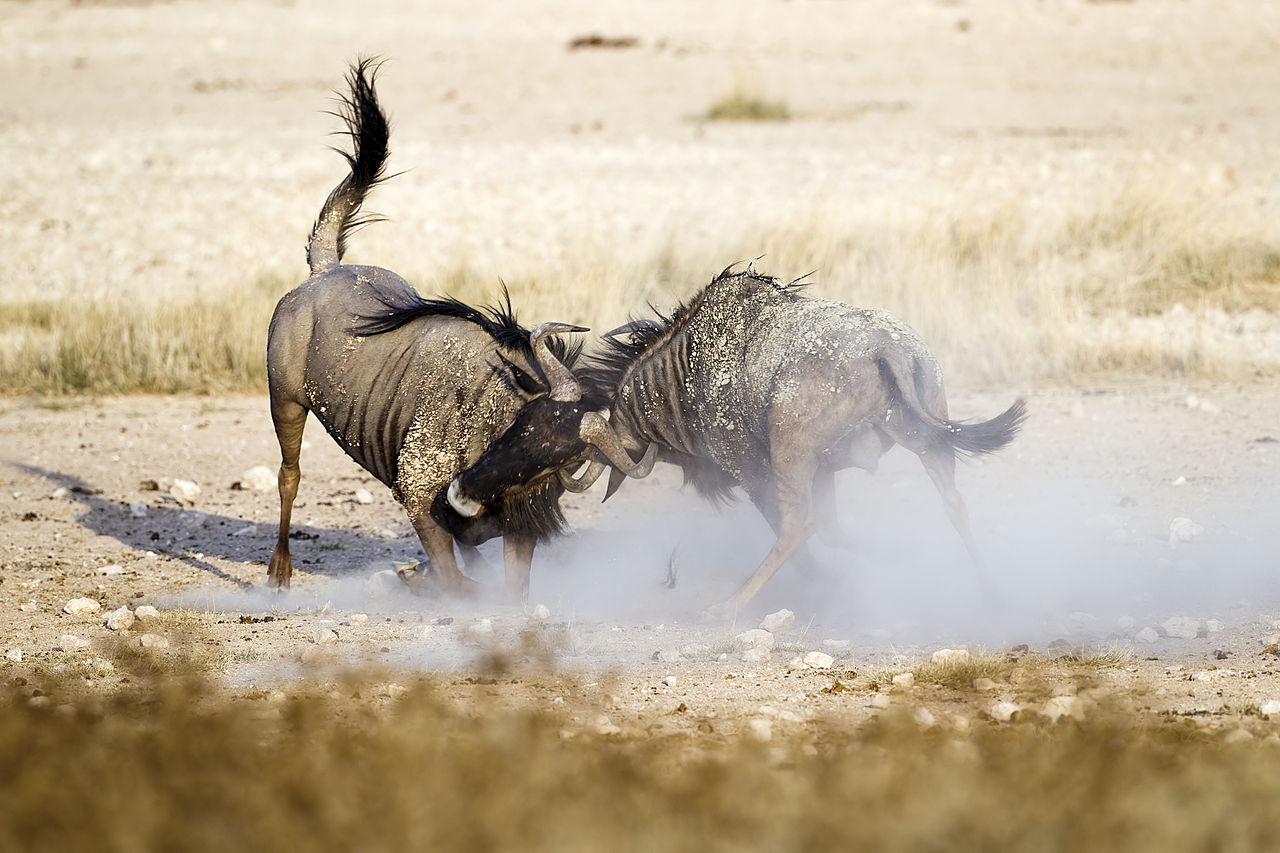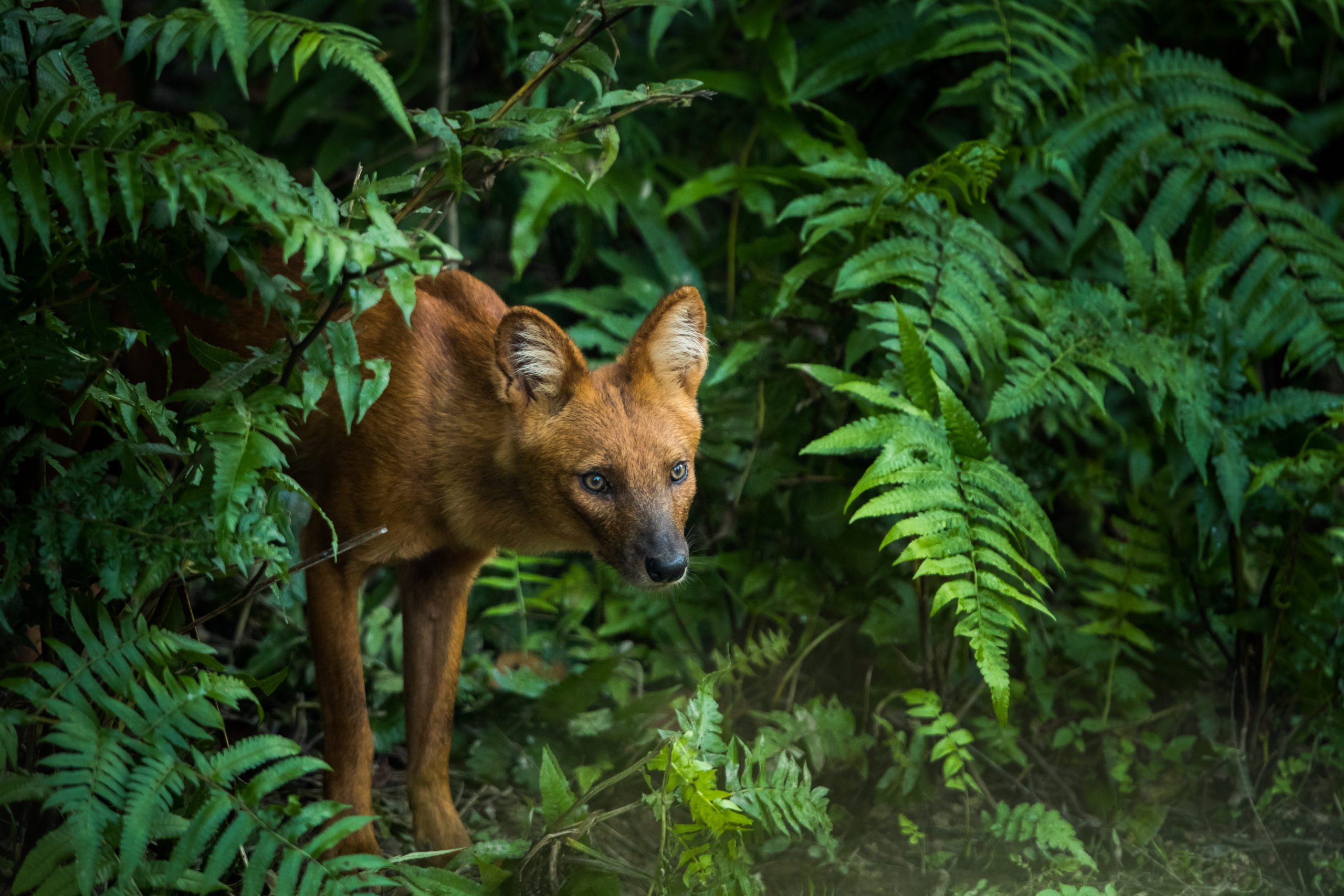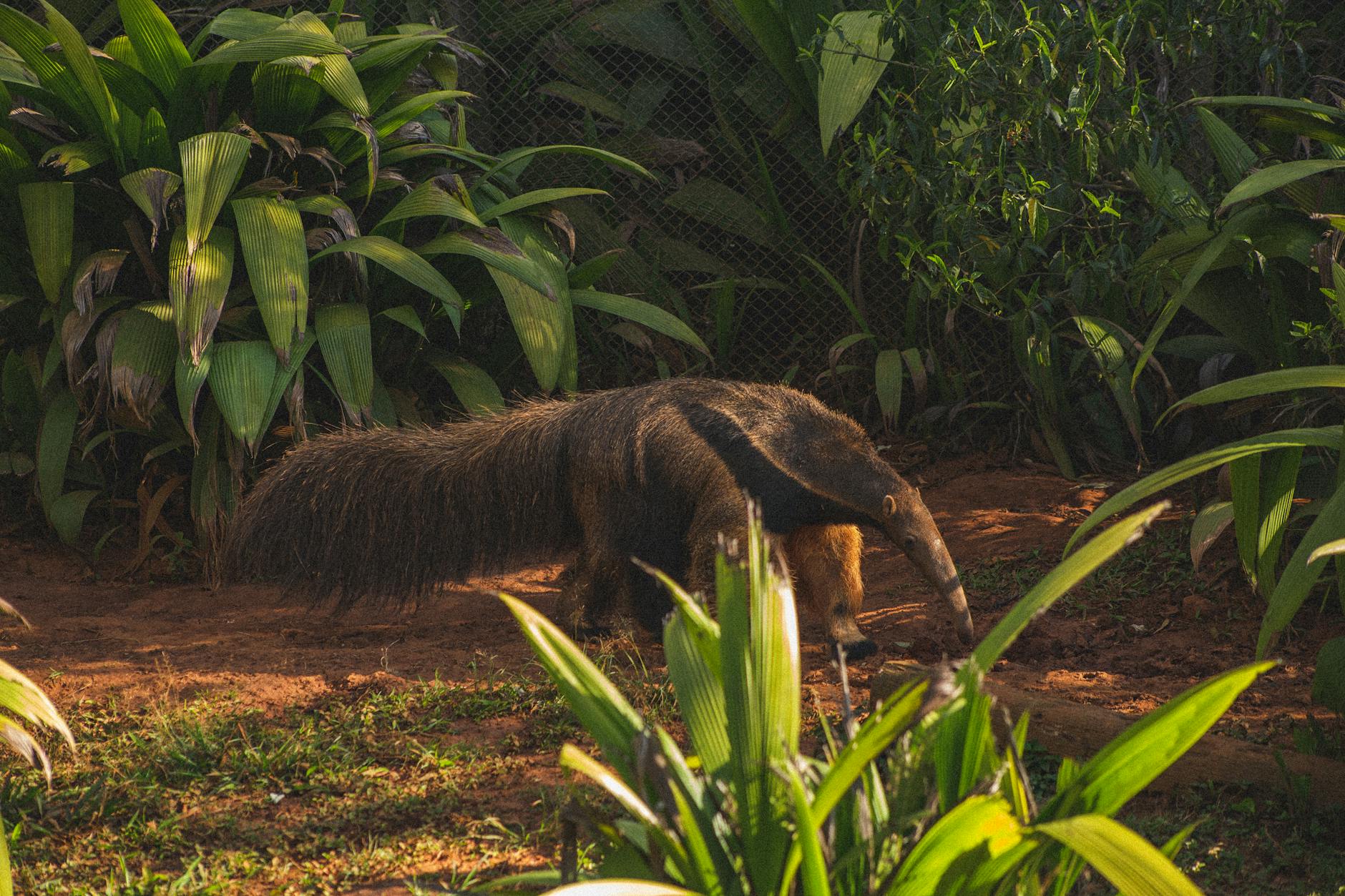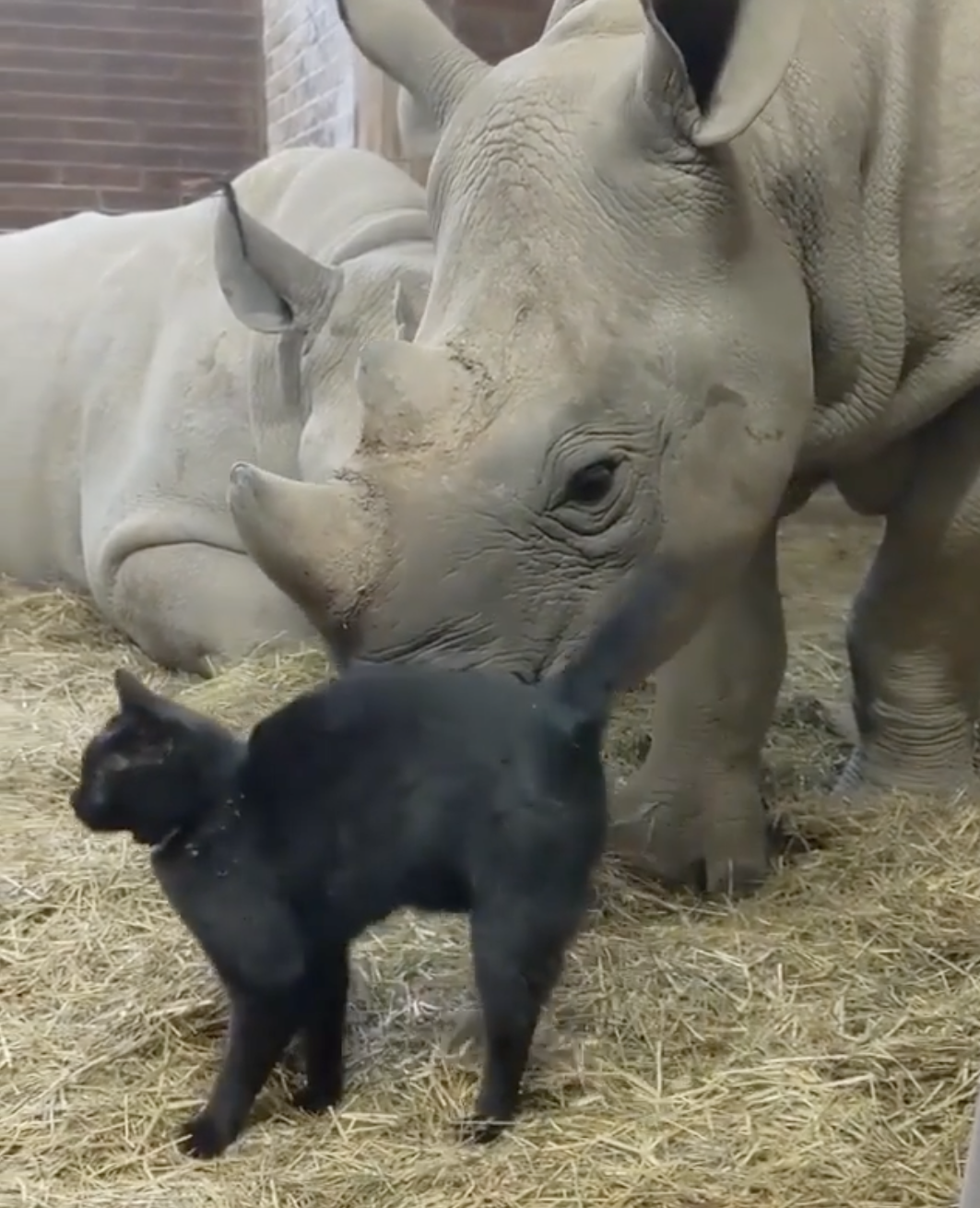
What’s gnu? Or is it a wildebeest? Here are some FAQs to help you unravel the mysteries of these migratory marvels.
1. What are gnus and where do they live?
Gnus are large, herding mammals native to the savannas and grasslands of East and Southern Africa. They are often referred to as “wildebeests,” although this technically only applies to the black wildebeest, a distinct species within the same genus (Connochaetes).
2. What do they look like?
Gnus are easily recognizable by their large heads, broad shoulders, and distinctive horns. They have brown or gray coats with black stripes, and their long, flowing tails resemble a horse’s. Some people joke that they look like they were built by a committee.
3. Are there different types of gnus?
Yes, there are two main types of gnus:
- Black wildebeest: Found in southern Africa, with a more robust build and black horns.
- Blue wildebeest: Found in eastern and southern Africa, with a slender build and blue-gray horns.
4. Are gnus a kind of antelope?
Yes, gnus (wildebeest) are antelopes of the genus Connochaetes and native to Eastern and Southern Africa. They belong to the family Bovidae, which includes true antelopes, cattle, goats, sheep, and other even-toed horned ungulates.
5. What do they eat?
Gnus are herbivores and graze on grasses and other short plants. They use their strong teeth and mobile lips to efficiently graze, even on short or tough vegetation.
6. Are they social animals?
Gnus are highly social creatures and live in large herds, often numbering in the thousands. These herds migrate seasonally, following the rains and searching for fresh grazing land.
7. What are some interesting facts about gnus?
- Gnus are known for their spectacular annual migration, covering hundreds of kilometers in search of food and water.
- They can run up to 50 km/h (31 mph) for short bursts, making them difficult prey for predators.
- Gnus have a complex social structure, with different dominance hierarchies within the herds.
- Their unique calls, a mixture of snorts and moos, help them communicate with each other.
8. What’s the deal with the gnu migration?
It’s a massive journey across Africa! Millions of gnus travel thousands of kilometers in search of food and water, following the rains. See more in our article and FAQ all about it!
9. Are gnus endangered?
While not currently classified as endangered, black wildebeests are listed as vulnerable, and blue wildebeests as near threatened by the IUCN. Habitat loss, poaching, and disease are threats to their populations.
Bonus FAQs:
- Do gnus have good eyesight? Their eyesight is not as sharp as some other herbivores, but their excellent sense of smell helps them locate food.
- How long do they live? The average lifespan of a gnu is around 15 years in the wild.
- What are their predators? Lions, hyenas, and [even some] cheetahs are their main predators.






